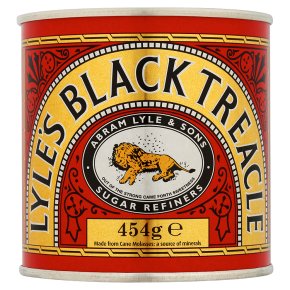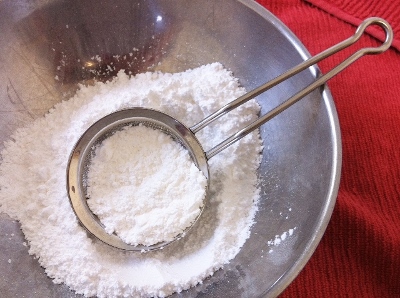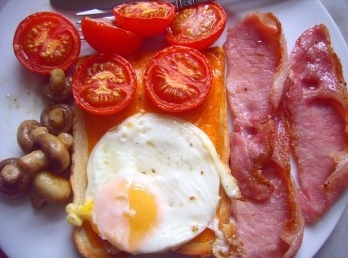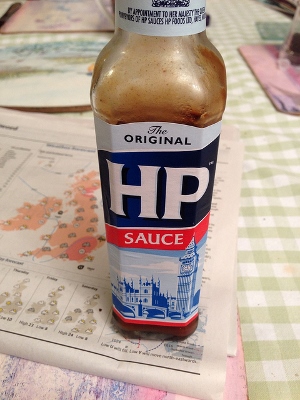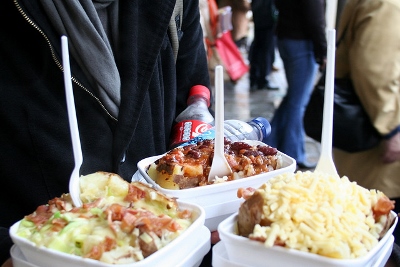10 Great British Culinary Conundrums
Flickr/Tom Page
Once the butt of too many jokes about boiled beef and spotted dick, British food is finally getting the appreciation it merits. Telly exports like the Great British Bake Off have Americans smitten with the secret pleasures of the English kitchen, and, according to Vice magazine, British food is more popular than ever. But as much as Britain’s colonial offspring hunger for a taste of the motherland, unless you’re Mary Berry, it can be a little a daunting to tell your “soggy bottom” from your “saucy pud.” Here’s a handy guide to help you navigate the ocean between our larders.
1.Treacle
-

-

-

-

-

-

-

-

-

-

-

-

-

-

-

-

-

-

-

-

-

-

-

-

-

-

-

-

-

-

-

-

-

-

-

-

-

-

-

-

